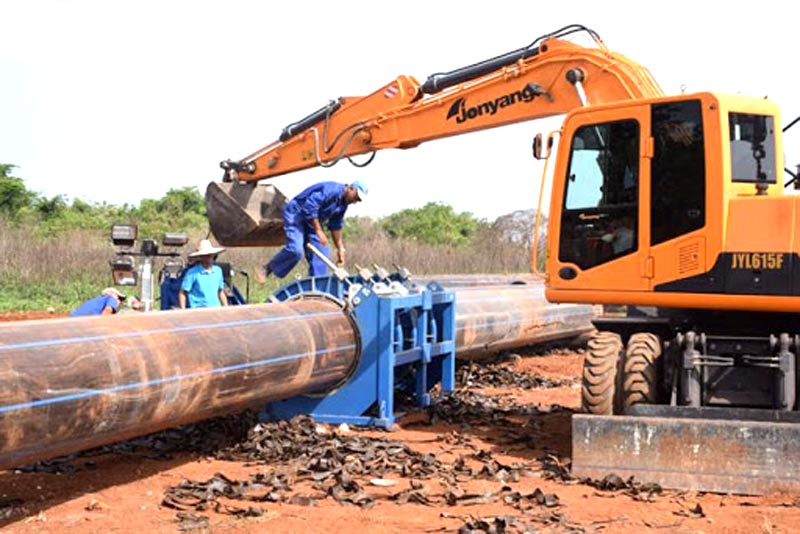Actions are undertaken nationwide to mitigate draught
- Written by RHC
- Published in Cuba
- Hits: 1052

Confronted with the effects of the drought the country is facing, Argelio Omar Fernandez Richelme, director of Hydrology and Hydrogeology of the National Institute of Hydraulic Resources, says that actions are underway at all levels, seeking to minimize the impacts, especially on the water supply for the population and for the rest of the economic activities.
In an interview with Granma newspaper, Fernandez explained that in the provinces of Santiago de Cuba, Guantánamo, Holguín, Villa Clara, and Havana, during the last few weeks, measures have been implemented, especially with the cycles and schedules.
Some cycles are beginning to be lengthened and schedules reduced so that the impact of this decrease in availability is not so violent.
The specialist noted that, likewise, some works that were in preliminary stages are being accelerated to incorporate new sources.
"We have a plan this year to go looking for alternative sources or changing the source from which the population is supplied," Fernandez stressed.
An example of these actions, he added, is a pipeline in Holguín to bring water closer to the population; even the water transfer, whose primary purpose was for agricultural development, already has specific destinations for the people.
Fernández Richelme pointed out that, at present, 360 pumping stations are having difficulties due to low water availability, most of them located in the provinces of Holguín, Las Tunas, Santiago de Cuba, Guantánamo, and Camagüey.
Meanwhile, the population affected by the consequences of the drought amounts to 456,470 people throughout the country, a figure that should increase, according to specialists' forecasts.
From April 1 to 13 of this year, the national accumulated rainfall was 26.1 mm. The West recorded 16.2 mm; the Center, 35.4 mm; and the East, 23.9 mm.
